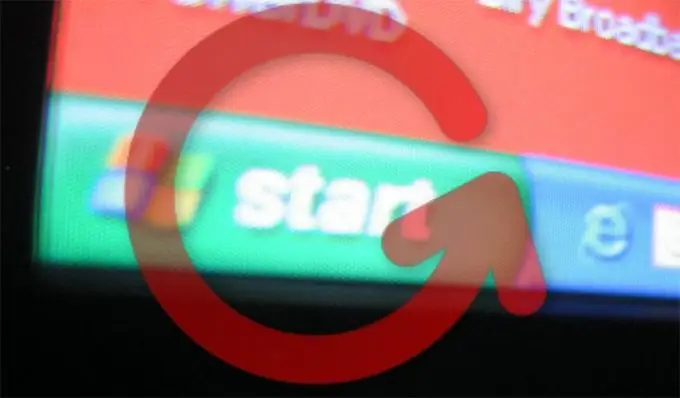The taskbar is a stripe along the bottom (by default) edge of the desktop, on which the Start button is placed to open the main menu. In addition, it contains the tray (notification area) and the system clock, and the icons of open programs are displayed in the middle part. The user has the ability to add other standard or his own panel sections to this panel. Placing all of these elements on a horizontal bar at the bottom of the screen is not always the best option, so Windows allows you to move the taskbar.

Instructions
Step 1
Uncheck the box to prevent the taskbar from moving. To do this, right-click it in a place free of any icons. In the drop-down context menu, the item "Lock the taskbar" is responsible for fixing the spatial orientation of the panel - if there is a checkmark next to it, then click this line.
Step 2
Move the mouse cursor over a free space on the panel, press and hold the left button and move the cursor to the desired edge of the desktop. You will not see the panel's movement until the cursor is at a sufficiently small distance from the edge of the screen, and then it will appear in a new place instantly.
Step 3
Change the width of the taskbar to make the most of its new orientation. For example, after moving to the left or right edges of the screen, it will be inconvenient to read the labels on the panel buttons, since they will become too narrow, so it makes sense to make the panel strip wider. To do this, move the cursor over its border and when the pointer changes shape and becomes a double-headed arrow, press the left button and move the border a sufficient distance towards the center of the screen.
Step 4
Use the operating system's graphical interface to hide the taskbar - this will help free up space for program windows if the width of the panel has become too large. You can enable this mechanism by right-clicking an empty space in the taskbar and choosing Properties from the context menu. An additional window will open, where in the "Automatically hide the taskbar" field you need to set a check mark, and then click the "OK" button. After that, the panel will float out from the edge of the screen only if you move the mouse cursor close to this edge.
Step 5
Fix the position of the panel in a new location, after you finish adjusting its appearance. This step is optional, but it can keep you from accidentally moving the taskbar. Right-click it and select Dock Taskbar from the context menu.






